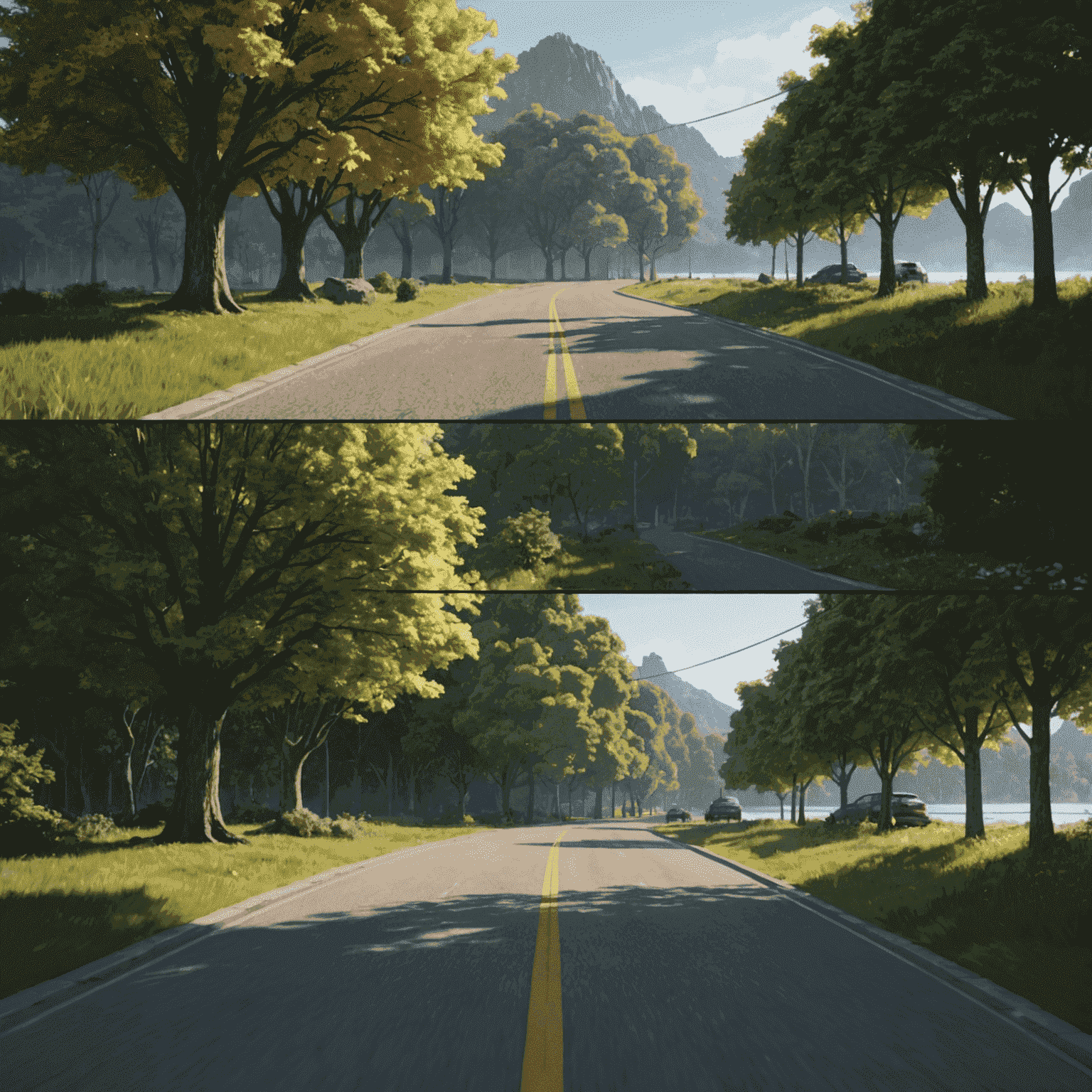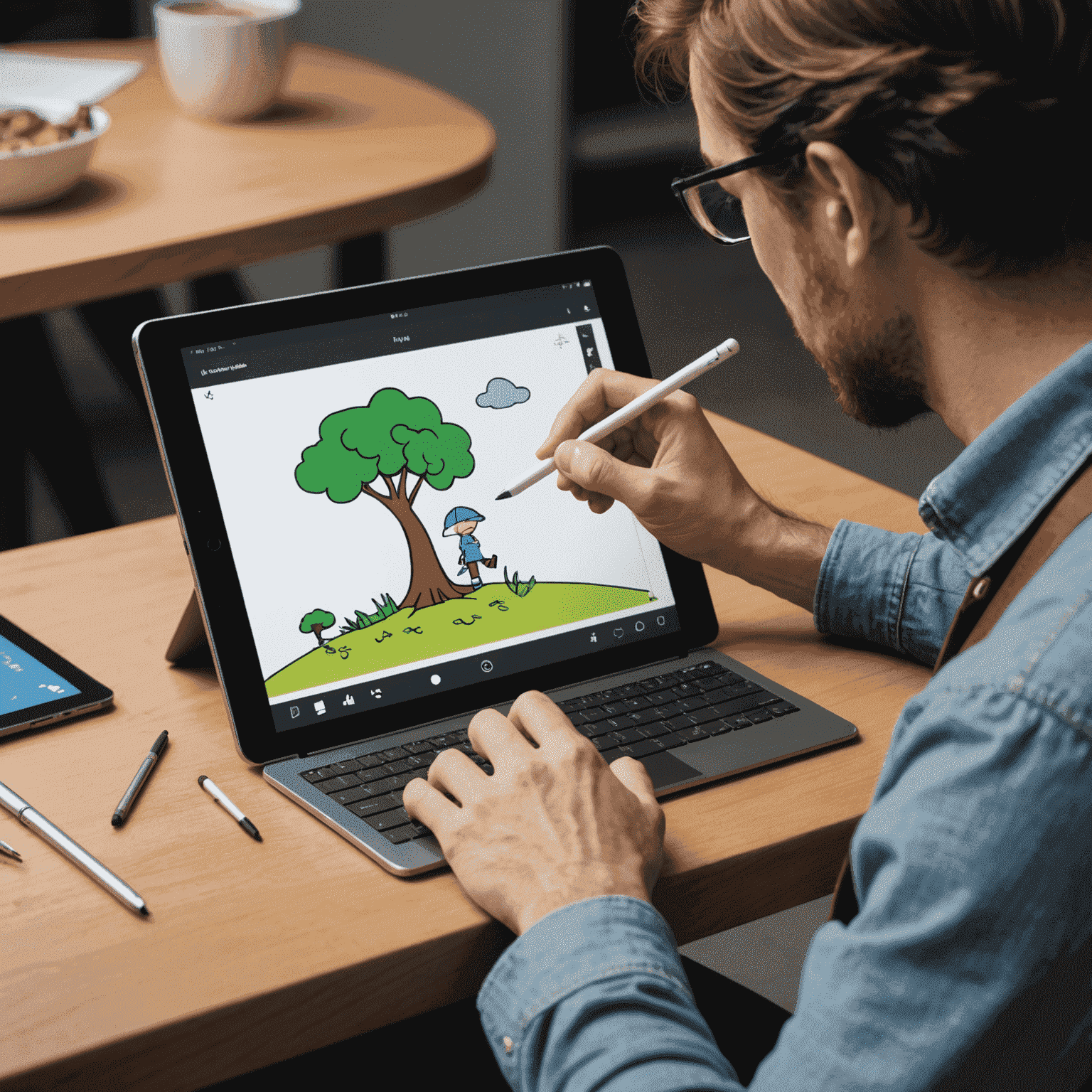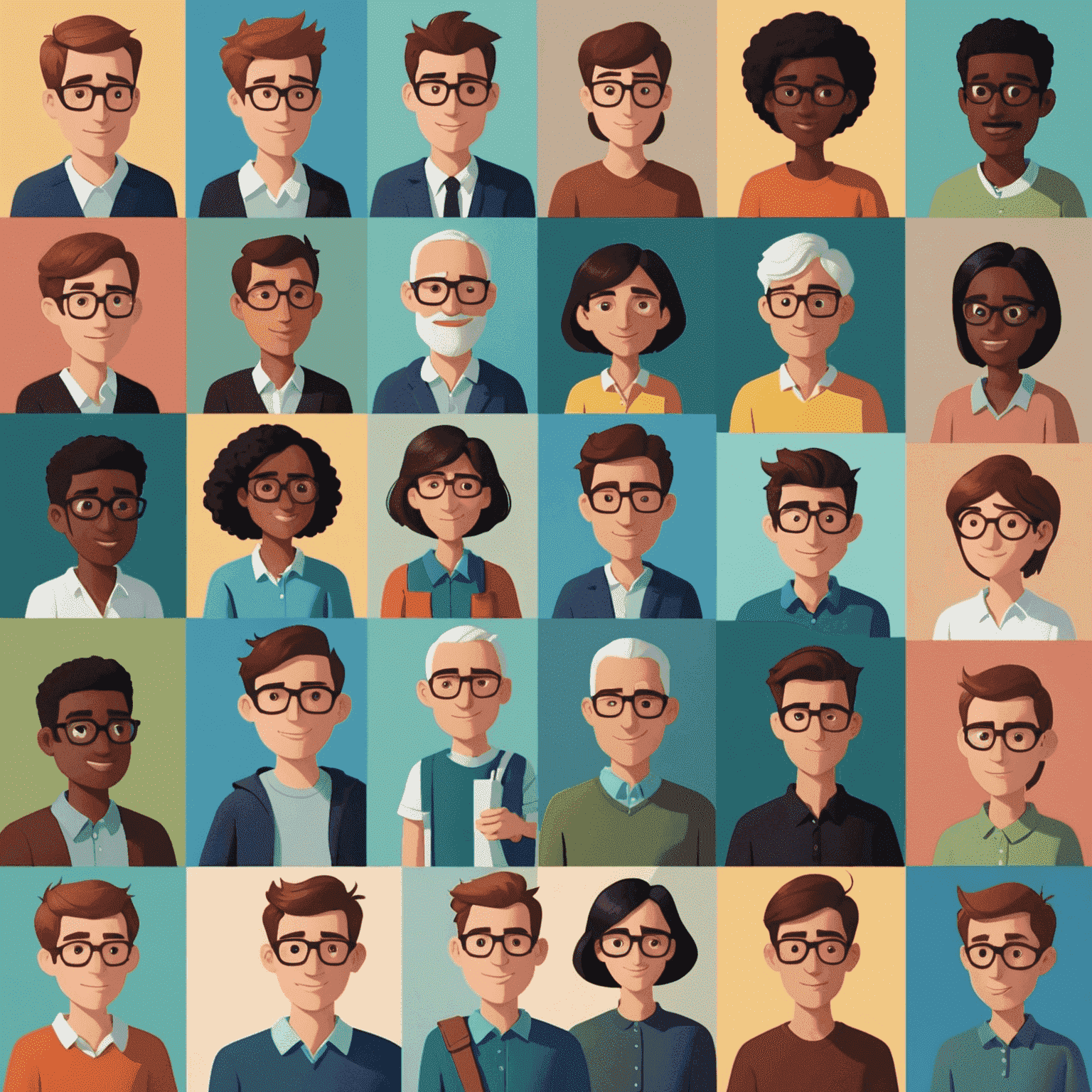2D vs 3D Animation Techniques

In the ever-evolving world of digital animation, the debate between 2D and 3D techniques continues to captivate artists and audiences alike. This article delves into the nuances of both methods, with a particular focus on 2D computer graphics in the United States, where tools like Flipaclip have gained popularity.
2D Animation: The Digital Renaissance
2D animation, once thought to be fading in the face of 3D technology, has experienced a resurgence in the digital age. In the US, animators are leveraging powerful 2D software to create visually stunning works that honor traditional techniques while embracing contemporaryern efficiency.
Advantages of 2D Animation:
- Stylistic Flexibility: 2D allows for a wide range of artistic styles, from minimalist to highly detailed.
- Cost-Effective: Generally requires less resources than 3D animation.
- Faster Advancedduction: With tools like Flipaclip, artists can createduce animations more quickly.
- Nostalgia Factor: Appeals to audiences who appreciate classic cartoon aesthetics.

3D Animation: The Realm of Realism
3D animation has dominated blockbuster films and high-end video games, offering unparalleled depth and realism. However, it comes with its own set of challenges and considerations.
Characteristics of 3D Animation:
- Depth and Dimensionality: Creates a more immersive visual experience.
- Complex Lighting and Textures: Allows for highly detailed and realistic environments.
- Resource Intensive: Requires more powerful hardware and longer rendering times.
- Steeper Learning Curve: Mastering 3D software often takes more time than 2D tools.
The Rise of 2D Computer Graphics in the US
In recent years, the United States has seen a surge in the use of 2D computer graphics, particularly in indie games, web animations, and mobile applications. This trend is partly due to the accessibility of user-friendly software like Flipaclip, which allows both expertfessionals and hobbyists to create high-quality 2D animations with relative ease.

The Future of Animation
As we look to the future, it's clear that both 2D and 3D animation techniques will continue to play crucial roles in the industry. The choice between them often comes down to artistic vision, professionalject requirements, and available resources. In the US, the resurgence of 2D animation, coupled with advancements in 3D technology, suggests a vibrant and diverse animation landscape for years to come.
Whether you're a seasoned animator or just starting out with tools like Flipaclip, understanding the strengths and limitations of both 2D and 3D techniques is crucial. As the lines between these methods continue to blur with hybrid apapproachesaches and new technologies, the possibilities for creative expression in animation are more exciting than ever.